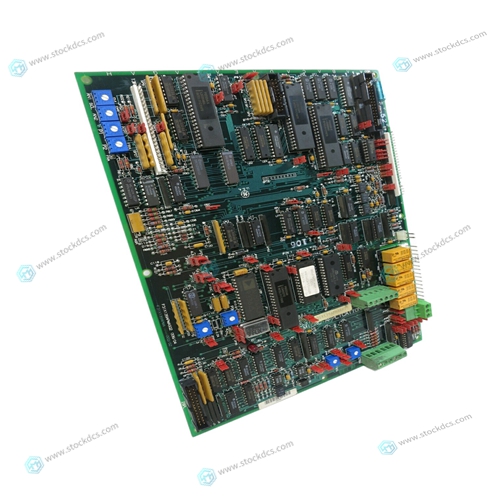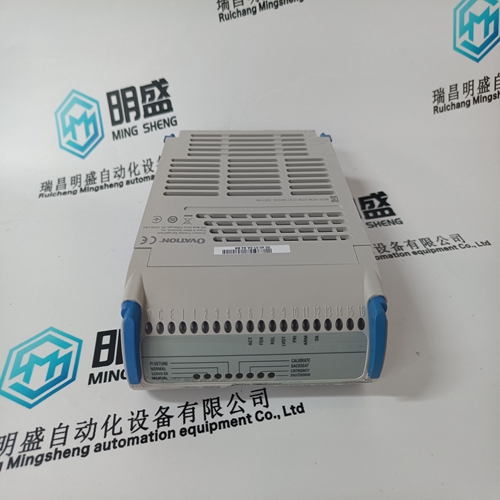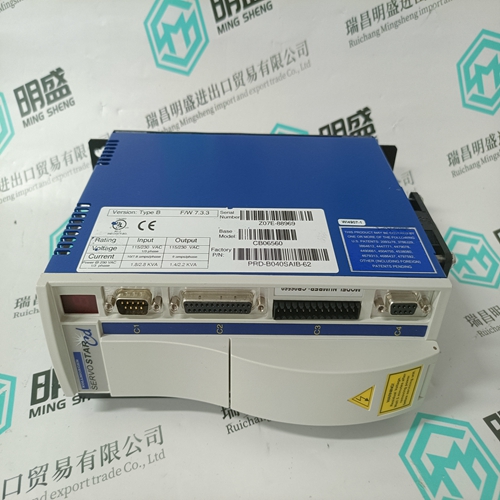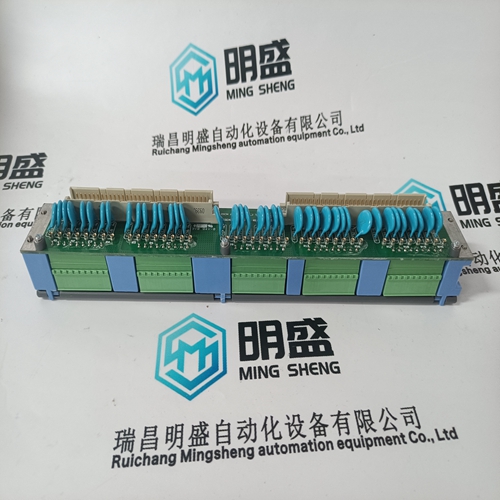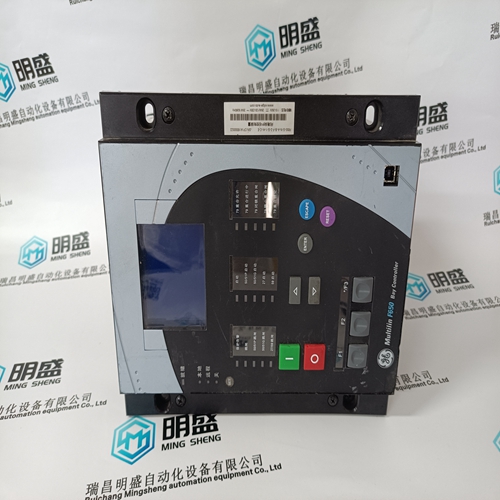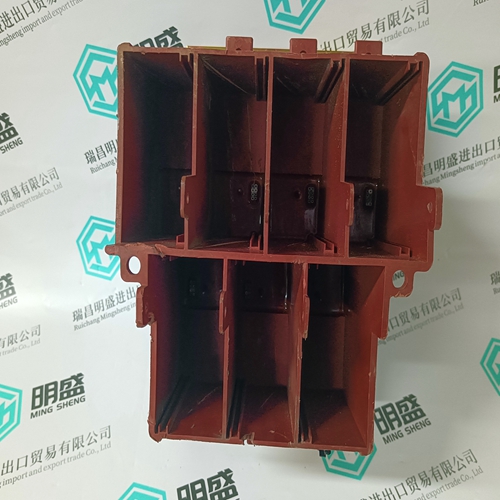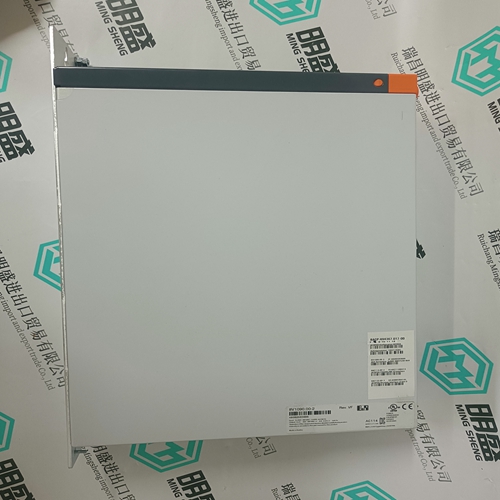Home > Product > Gas turbine system > GE 531X139APMARM7 Speed tachometer module
GE 531X139APMARM7 Speed tachometer module
- Product ID: 531X139APMARM7
- Brand: GE
- Place of origin: The United States
- Goods status: new/used
- Delivery date: stock
- The quality assurance period: 365 days
- Phone/WhatsApp/WeChat:+86 15270269218
- Email:stodcdcs@gmail.com
- Tags:GE531X139APMARM7Speed tachometer module
- Get the latest price:Click to consult
GE 531X139APMARM7 Speed tachometer module
The following indicators can be calculated using the WASH KPC questionnaire included with this module. For this module, there are thirty-three questions, seven of which are spot observations used to calculate key indicators. There are a number of questions in WASH module that are not used to calculate specific indicators, yet which provide useful WASH insights.
The eleven indicators are as follows:
Indicator 1.1: Coverage of an Improved Source for Drinking Water
Indicator 1.2: Coverage by an Improved Source of Water for Handwashing and Cooking
Indicator 1.3: Access to an Improved Source of Drinking Water
Indicator 1.4: Household Members Who Fetch Water
Indicator 1.5: Dedicated Handwashing Station
Indicator 1.6: Access to Essential Handwashing Supplies
Indicator 1.7: Household Water Treatment
Indicator 1.8: Household Safe Water Storage
Indicator 1.9: Coverage by an Improved Toilet Facility
Indicator 1.10: Cleanliness of the Toilet Facility
Indicator 1.11: Safe Disposal of Child Feces
The indicator table
contains indicator names and definitions as well as a column that indicates whether an indicator is a “key” (KEY) or “LiST” (LiST) indicator. Numerators and denominators are not included in the tables in this section, but they can be found in the tabulation plan (Section 6). LiST indicators are those that can be input into the Lives Saved Tool (LiST). If the indicator modeled in LiST is similar but somehow different from the KPC indicator, the LiST indicator’s definition is noted as a footnote.





Application industry
The products can be used in the following industries: power plant, paper making, steel, mining, rubber, water supply, cement, chemical industry, glass, printing
Textile, machinery, plastics, coatings, medicine, hospitals, food, hotels, scientific research institutions
This article from the temporal Ming sheng automation equipment co., LTD., reproduced please attach this link: http://www.stockdcs.com/
